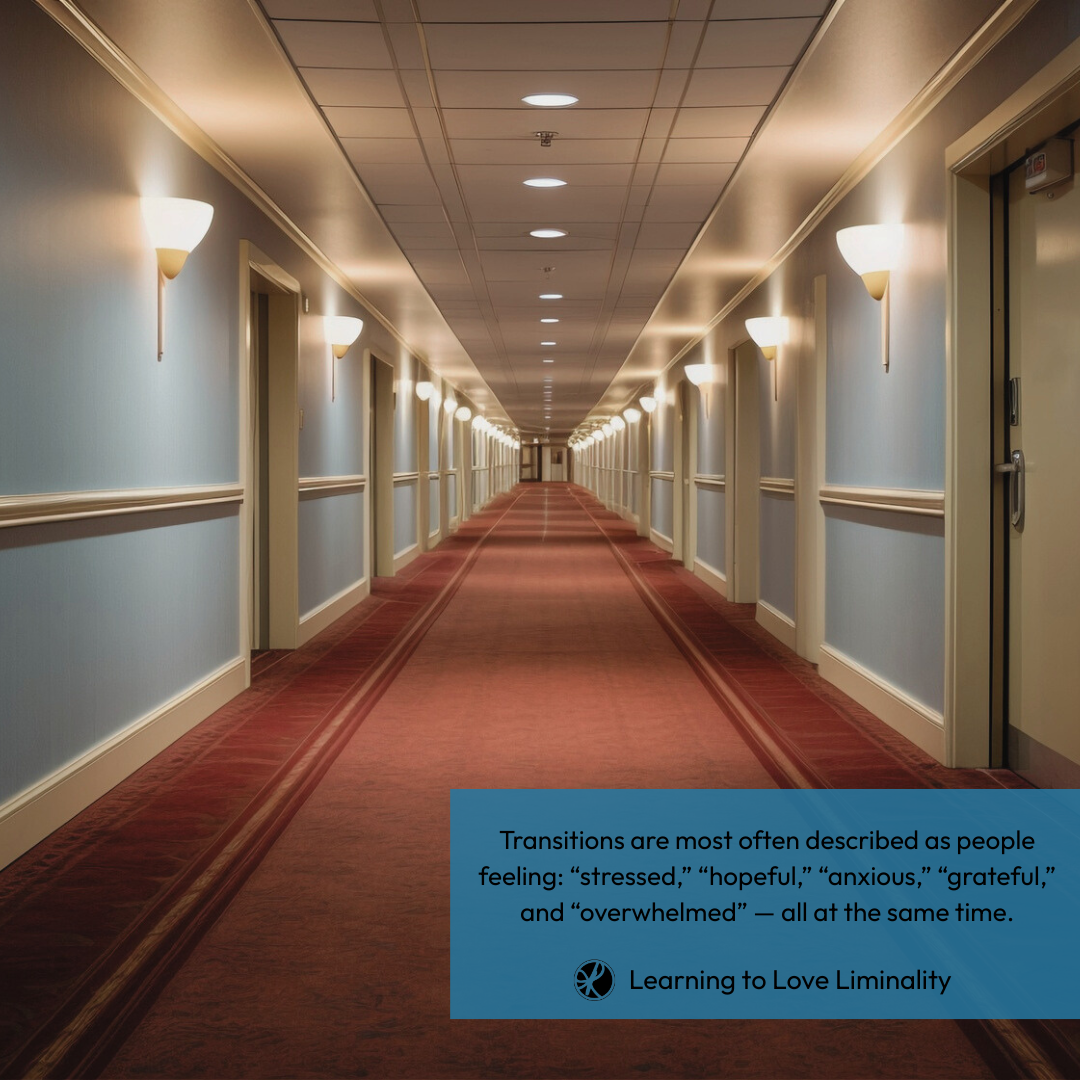Satisfaction is a function of expectations, right?
So when it comes to loving liminality — a threshold between two seasons — one helpful first step is setting our expectations realistically.
Here are a few tips to help you calibrate:
- Generally, our brains favour certainty. When a situation feels uncertain, we default to self-protection. We therefore have to train ourselves to respond with curiosity rather than flight/fight/freeze. Loving liminality is a learning process that requires rewiring some of our ‘factory settings.’ It’s normal for the in between to feel uncomfortable.
- More specifically, big transitions often involve endings — of routines, relationships, identities — and that’s a big deal. It’s normal to need time to grieve before feeling ready to move forward.
- Navigating significant transitions (what Bruce Feiler has coined ‘lifequakes’) takes an average of 3-5 years. It’s a marathon not a sprint, so we need to pace ourselves accordingly. It’s normal to feel like it’s taking you a while to adjust.
- Transitions rarely happen one at a time. They tend to be overlaid on one another and proceed at varying speeds. If you feel like you’re dealing with “all the things at once,” you very likely are. It’s normal to feel like it’s a lot.
- Transitions bring up a whole range of emotions. My recent research on the experience of midlife transitions reveals that their top five emotional descriptors for this season are “stressed,” “hopeful,” “anxious,” “grateful” and “overwhelmed.” All the things! It’s normal for transitions to feel tiring.
In that same research study, only 7.5% of people report feeling “energized” as a dominant emotion during times of transition. I remain committed to discovering if that number can be bumped up! More next week on how to get our bearings.


